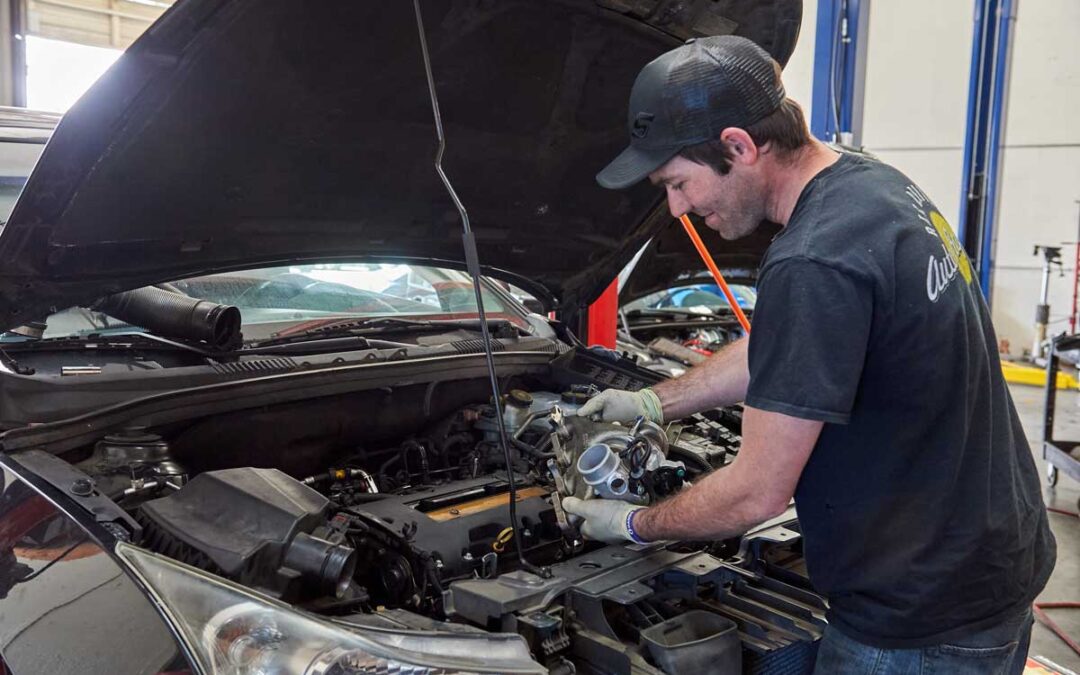 Car Maintenance – Check Engine Light Part 2
Car Maintenance – Check Engine Light Part 2
In examining certain factors that may cause the engine light of a car to ‘ turn on,’ it has been discovered that a failing catalytic converter is one issue that can definitely cause this to happen. A catalytic converter functions to reduce exhaust gases and mainly converts carbon monoxide and other harmful materials into harmless compounds. As is with other parts and components it should be regularly maintained to ensure it is functioning as it should be. Hence the reason for scheduled car maintenance.
What To Look For
If a catalytic converter happens to fail there could be a few issues that can contribute to this including a broken oxygen sensor, a failing mass airflow sensor or deteriorated spark plugs. Drivers may notice a decrease in gas mileage where a car won’t go any faster when attempting to accelerate. If this issue prolongs without being addressed the engine light will appear and the converter will fail to convert carbon monoxide into less harmful emissions.
With an issue such as this, drivers should promptly seek out the necessary repairs to keep their car running, and to prevent any further damage or expense. Unfortunately repairs and the average cost to replace the converter are a bit steep but still cheaper than spending more money on gas daily.
Another prevalent issue known to cause a failing catalytic converter and trigger the engine light is a failing or malfunctioning mass airflow sensor. Essentially this sensor functions to balance and deliver the correct fuel mass to the engine by indicating to the car’s computer the appropriate amount of fuel required based on the amount of air travelling throughout the engine. If this sensor is faulty it will increase emissions, decrease gas mileage and eventually cause the car to stall.
One of the main reasons why mass airflow sensors fail is because of an air filter that has never been replaced or properly installed. So by replacing and properly installing the air filter at least once a year can help to eliminate the chances of this occurring.
Replacing spark plugs should also be done every 25 000 – 30 000 miles to ensure that they don’t let you down. Responsible for sealing the combustion, spark plugs provide a gap for a spark to jump across and initiates combustion in the engine.
There are surely plenty of other possibilities that can cause the engine light to appear and the only way to prevent this is to regularly maintain vehicles and inspect for any issues. Nevertheless things do happen and if for whatever reason your engine light comes on drivers should not hesitate to get vehicles diagnosed and repaired before substantial damage is caused. Contact us for more information.


 Car Maintenance – Check Engine Light Part 2
Car Maintenance – Check Engine Light Part 2
